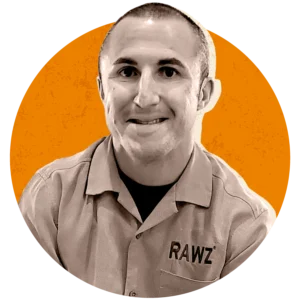Whether driven by a lifelong love of pets, a heart-wrenching animal rescue ad, or the persistent pleas from a child, many households face the challenge of a cat and dog who don’t get along when the newcomer arrives. In this blog post we will examine reasons for the disharmony and some possible remedies to create peace and tranquility in you and your pets’ environment.
Peacefully Adding a New Pet to the Family
When making the transition to a multi-pet home, how can we know what steps to take that will create the best homelife for your dog and cat? Fortunately, the pet lovers at Animal Humane Society (AHS), one of the nation’s leading animal welfare organizations, offer some key steps to making a smooth first introduction:
- When bringing a new cat or dog home, maintaining separation for at least 3 to 4 days offers the best chance for success. This time will allow for familiarity with each other’s scent and sounds prior to a face-to-face meeting.
- Once both pets have had time to get used to each other’s presence and you’re ready to introduce them to each other face-to-face, it’s always best for the initial meeting to occur in a common area of the home. It’s completely expected for the existing pet to feel territorial when another animal enters their personal sanctuary, but this can be avoided with a neutral space rendezvous like a living room or a kitchen.
- It’s always advisable to give the cat a dog-free space to retreat to just in case. This safe space should include necessities like food and water bowls, a litter box, and some sort of enrichment activity such as toys or a scratching post.
- Keep meetings short with frequent repetition and practice! Newly acquainted pets will need to build tolerance of each other’s presence. These short “play dates” will allow for each animal to create a feeling of normalcy around having a housemate at a pace suited to their individual personalities.
Focusing on the tried and true tips we’ve discussed here today should help the situation. However, always supervise early interactions as the pets become familiar with each other.
Why Might a Dog and Cat Not Get Along?
Just like us human folk, our canine and feline companions develop comfort and safety in routine. So what happens when a new pet is introduced into the home and sudden animosity arises between your dog and cat? Although it may seem to manifest out of thin air, here are some reasons why sudden aggression might arise…
- Jealousy and Resource Guarding - Pets, particularly dogs, are extremely social creatures who crave human attention. A perceived imbalance can result in aggressive behavior. Because this need for “having mine” can play out with food, toys, and space as well as attention, a phenomenon of “resource guarding” can occur.
- Fear Based Aggression - As odd as it may seem, aggression is often spawned by fear. Something as simple as being startled by a loud noise or sudden movement by the dog or cat housemate, can result in an aggressive response triggering an unfortunate cycle.
- Miscommunication - Just like different cultural norms can cause conflict, the different communication methods used by cats and dogs may lead to problems. A cat’s playful batting paw or a dog’s noisy, physical, and often clumsy attempts at play could potentially be interpreted as attacks.
- Prey Drive - As obligate carnivores, with their sharp teeth and claws, cats have physically evolved as hunters with strong prey drives. Dog breeds like greyhounds, terriers, border collies, and beagles are also notorious for their high prey drives.
Bottom Line
Sometimes, our furry friends just aren’t meant to be roommates. If you’ve taken the right steps to introduce a new cat or dog to your household but they’re still struggling to get along, consider seeing a pet-behavior professional who can help ease the transition and reduce stress for both pets. With time and the right approach, many pets learn to coexist or even become the best of friends!





